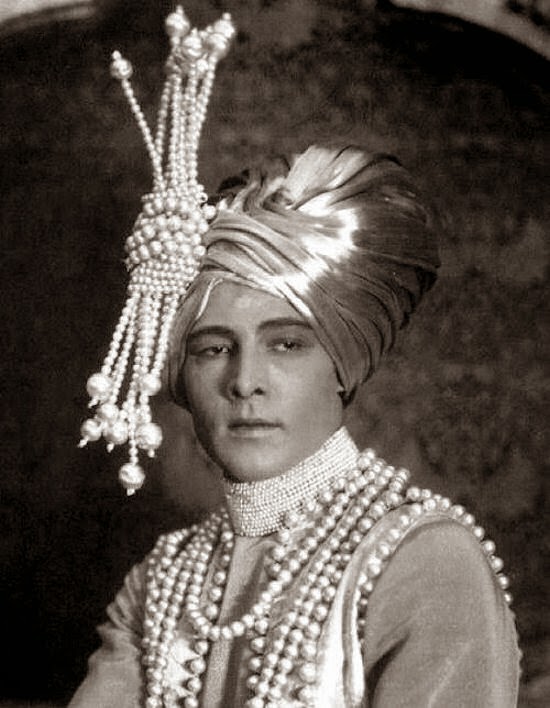Henry Tanworth Wells, RA (December 14, 1828, London – January 16, 1903 London), English miniature and portrait painter. He was an intimate of the Pre-Raphaelites though he, himself, painted in a more academic style.
This is certainly no great, deathless work of art, but I think the unusually informal portrait of sisters at their dressing table quite charming. The two English girls - one dreamy and self-absorbed, the other smiling directly out at the viewer - and the tension of the crowded composition, with a large mirror behind the girls and another implied, out of view on the left. And I find the details very particular and well done.
(From the notes on the provenance of this painting when it was up for auction at Bonhams in 2013: "Emma and Federica Bankes were the granddaughters of Henry Bankes MP, of Kingston Lacy. Their father, Edward, was the youngest of four sons and as such would not have expected to inherit, however his elder brother, the eccentric traveller and antiquarian, William, died childless in Venice in 1855 and Edward inherited Soughton Hall." Soughton Hall, a large country house in Wales, is now a hotel.)

























































